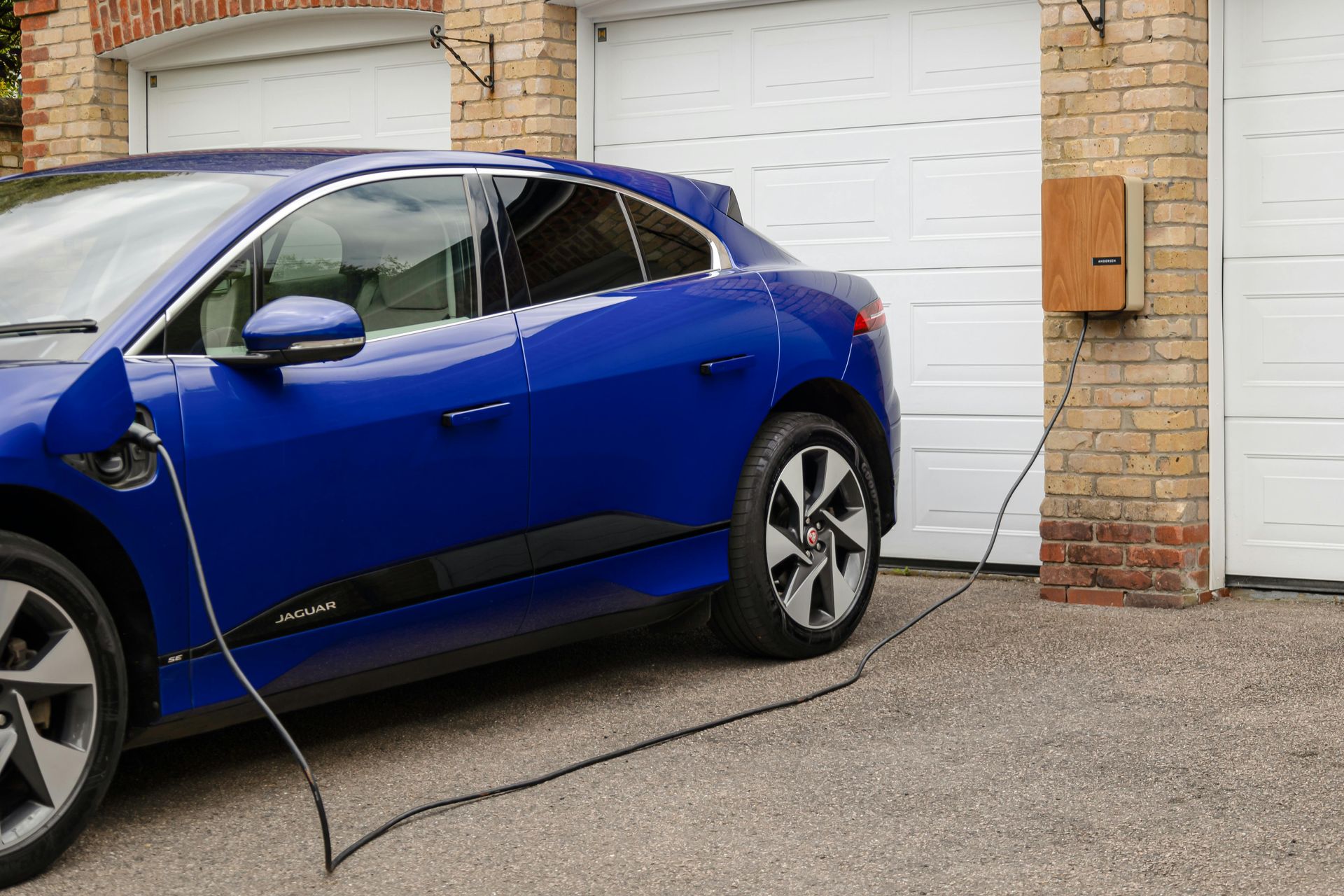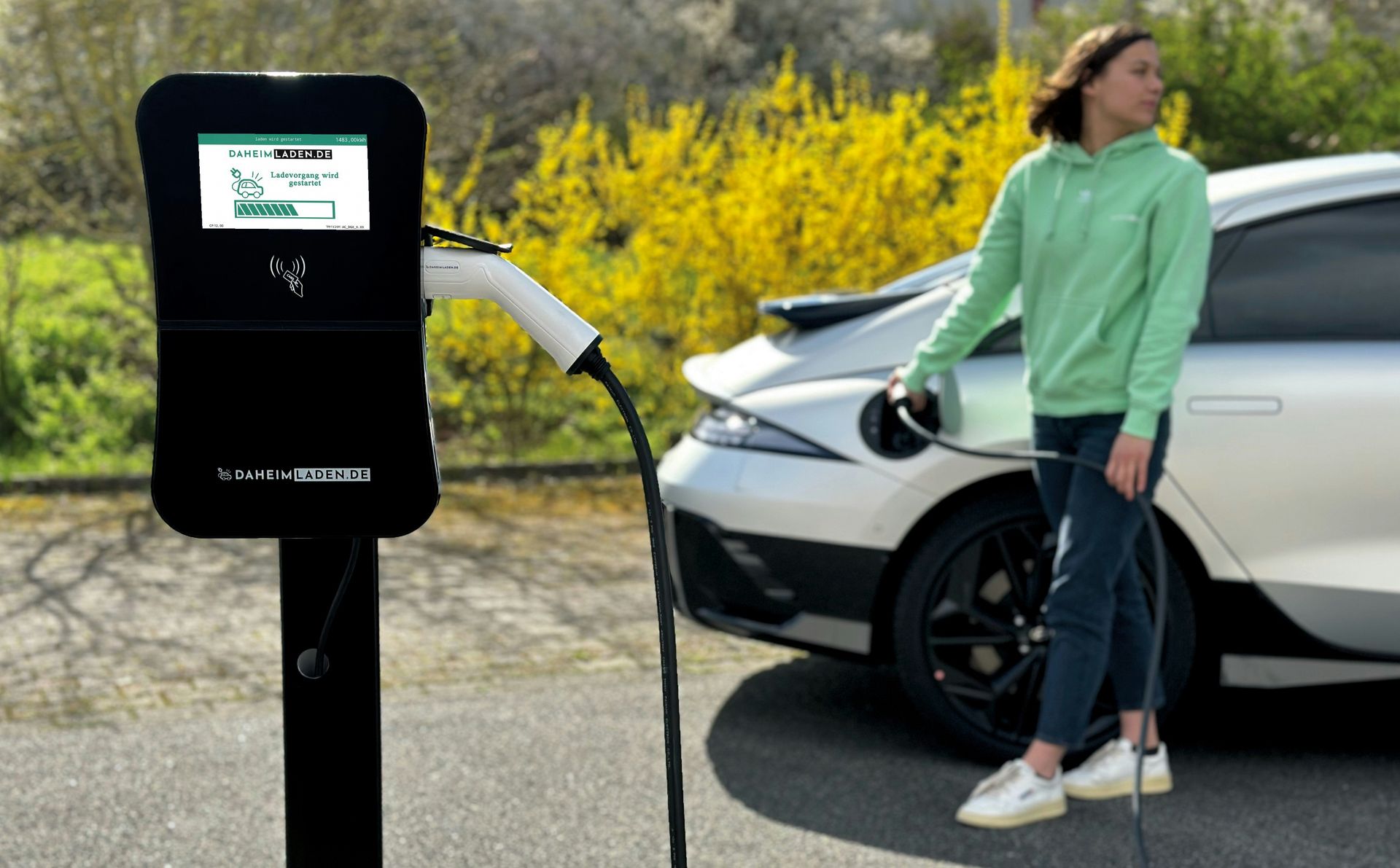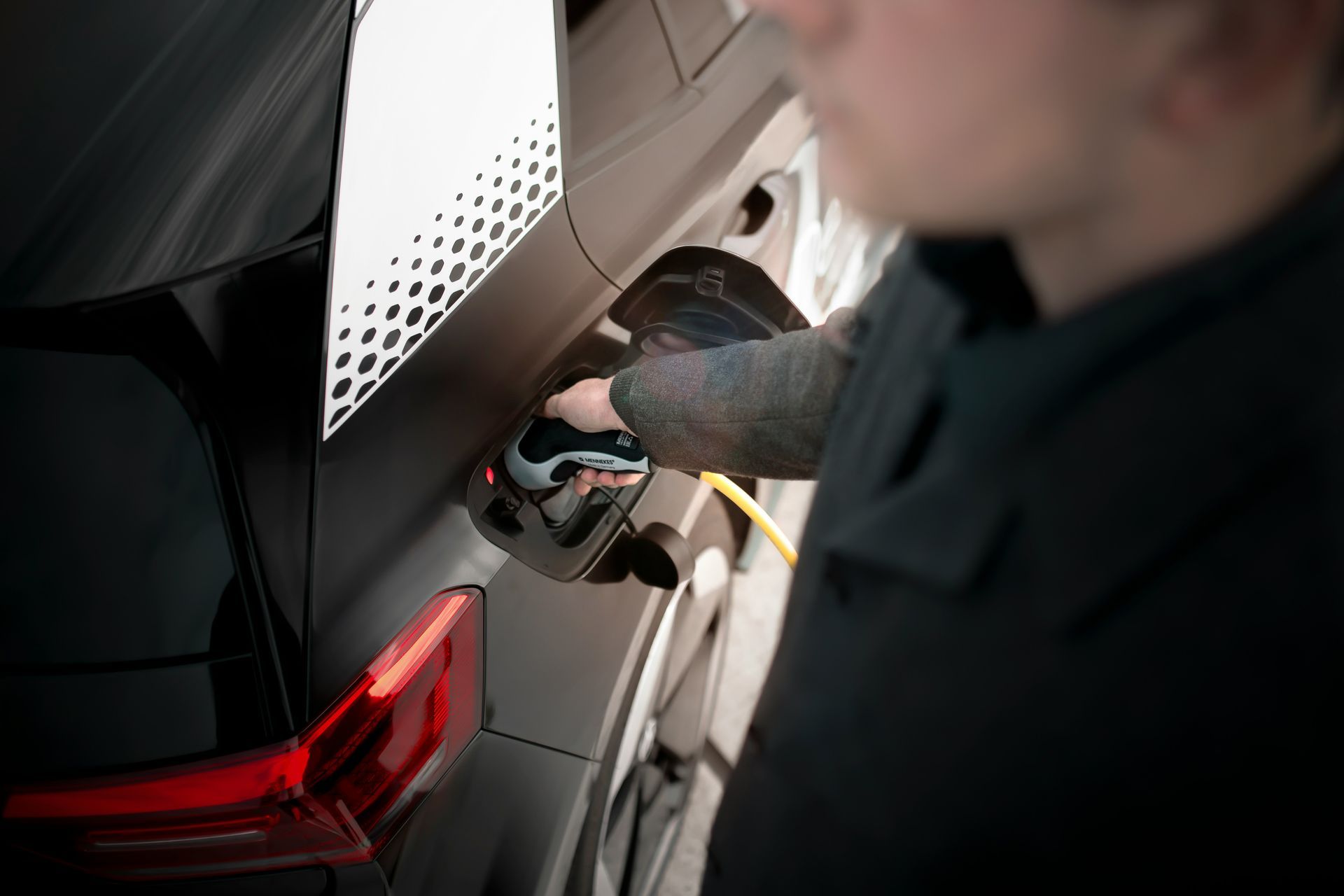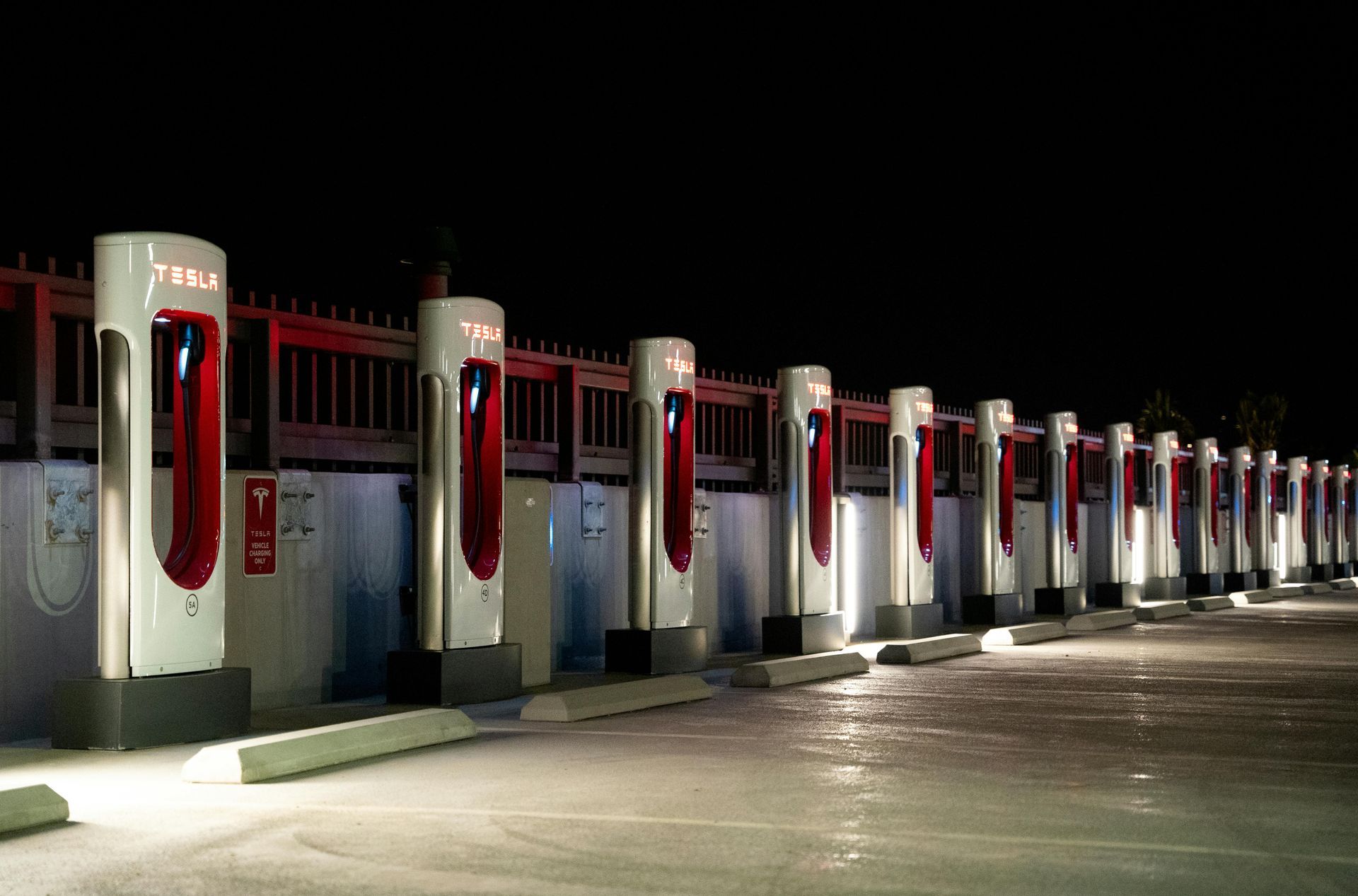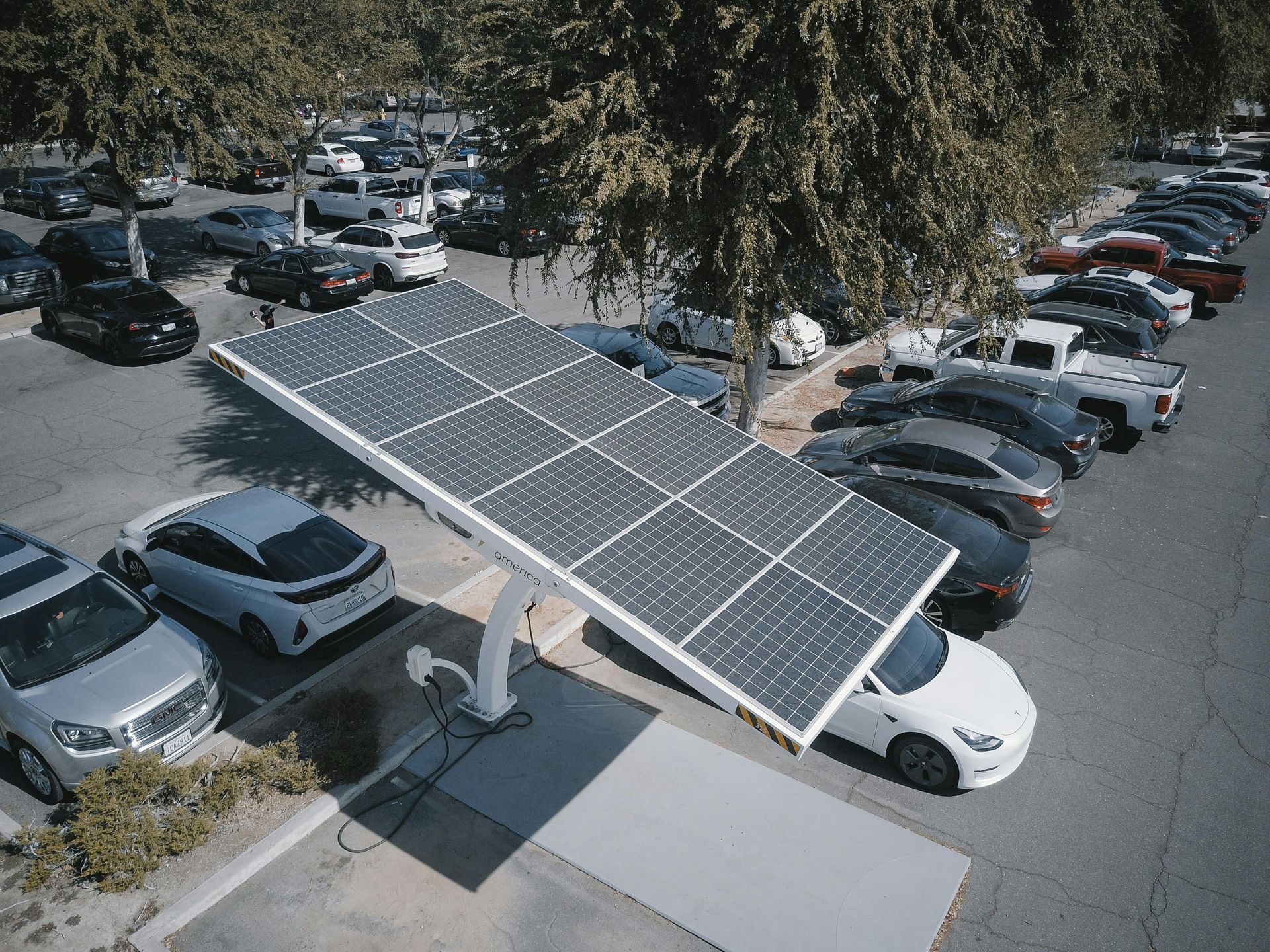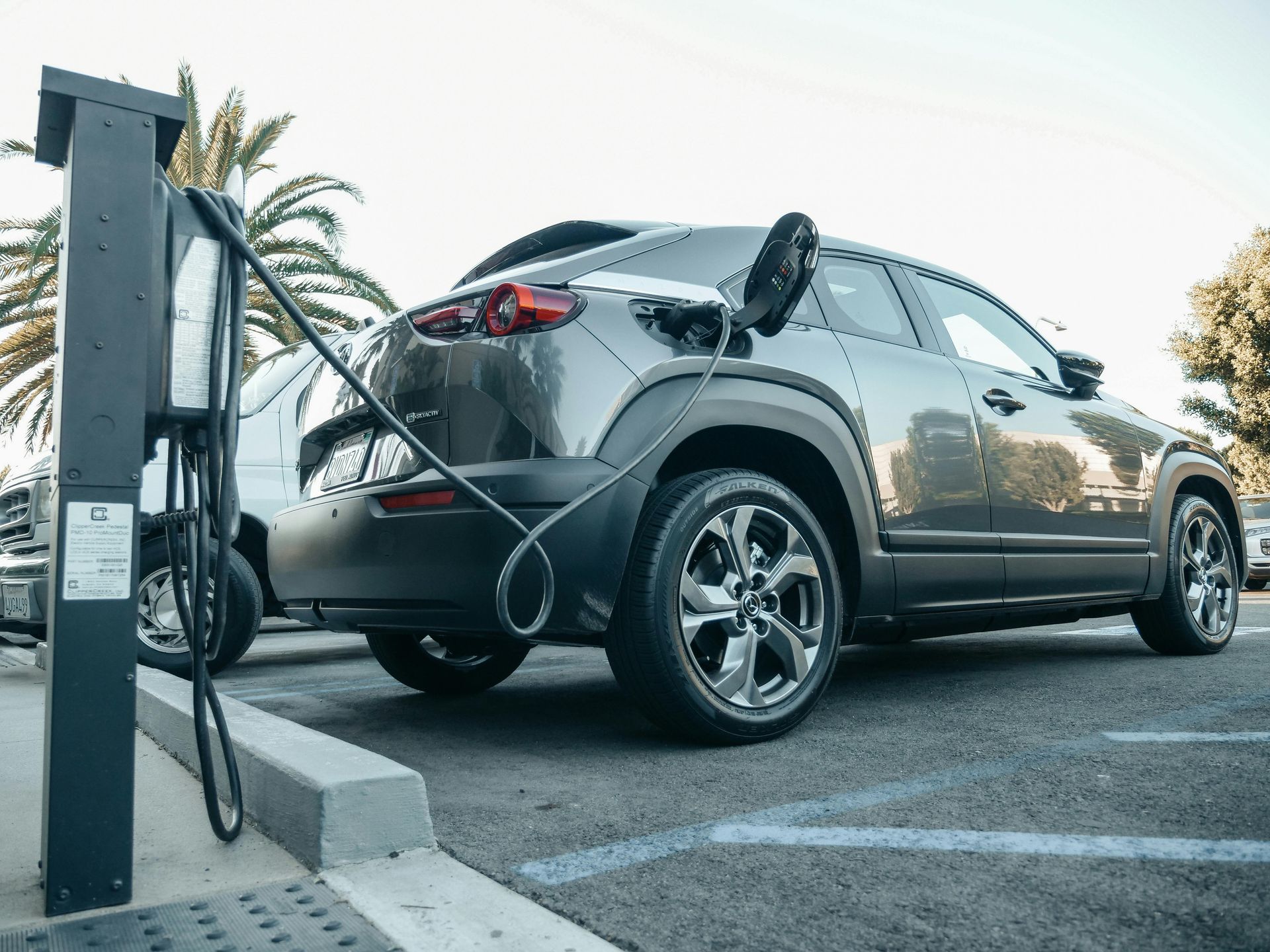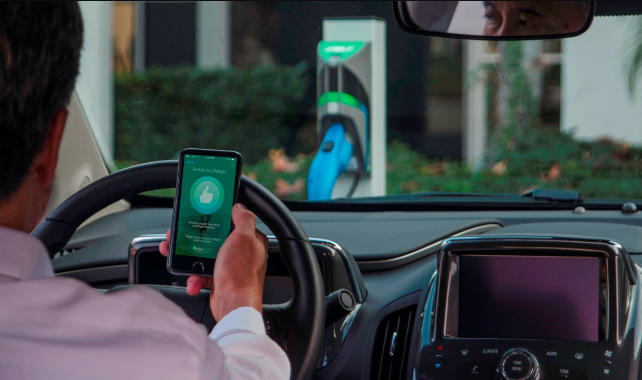Top Questions About EV Charging Answered: Everything You Need to Know
Here are the answers to the most common questions we hear from customers throughout the Toronto region.
Introduction
As electric vehicles continue to gain popularity across the Greater Toronto Area and beyond, one aspect of EV ownership generates more questions than any other: charging. Whether you're considering purchasing your first electric vehicle or you're a new EV owner navigating the charging landscape, understanding how, where, and when to charge is essential for a smooth electric driving experience.
Unlike refueling a conventional vehicle—a process most of us have performed countless times—charging an electric vehicle introduces new considerations and possibilities. From different charging speeds and connector types to home installation requirements and public charging etiquette, the learning curve can initially seem steep.
The good news is that once you understand the basics, EV charging typically becomes more convenient than traditional refueling for most drivers. In this comprehensive guide, we'll address the most common questions we hear from customers throughout the Toronto region, providing clear, straightforward answers to help you navigate the world of EV charging with confidence.
1. How Long Does It Take to Charge an EV?
Perhaps the most frequently asked question about electric vehicles concerns charging time. The answer depends on several factors, including the charging equipment used, your vehicle's battery capacity, and current charge level.
Understanding Charging Levels
EV charging equipment is categorized into three primary levels, each offering different charging speeds:
Level 1 Charging (120V):
- Uses a standard household outlet
- Typically adds 4-8 kilometers of range per hour of charging
- Complete charge from empty can take 20-40+ hours depending on battery size
- Best suited for plug-in hybrids or as emergency backup options
Level 2 Charging (240V):
- Requires special equipment similar to what powers an electric dryer or oven
- Adds approximately 30-50 kilometers of range per hour
- Complete charge from empty typically takes 6-10 hours
- Most common solution for home and workplace charging
DC Fast Charging (Level 3):
- Specialized high-powered equipment found at public charging stations
- Can add 150-300 kilometers of range in just 30 minutes (varies by vehicle)
- Designed for quick top-ups during long trips rather than regular daily charging
- Charging speed typically slows after 80% to protect battery health
Real-World Examples
To put these numbers in perspective, here's what charging looks like for some popular electric vehicles:
Compact EV with 400km range (e.g., Tesla Model 3 Standard Range):
- Level 1: Full charge in approximately 35-40 hours
- Level 2: Full charge in approximately 8-9 hours
- DC Fast Charging: 10-80% in approximately 25-30 minutes
SUV with 480km range (e.g., Ford Mustang Mach-E Extended Range):
- Level 1: Full charge in approximately 45-50 hours
- Level 2: Full charge in approximately 10-11 hours
- DC Fast Charging: 10-80% in approximately 35-40 minutes
These times represent charging from near-empty to full. However, most EV owners rarely deplete their batteries completely before recharging, just as most gasoline vehicle owners don't regularly run their tanks to empty.
The Charging Paradigm Shift
Understanding EV charging requires a different mindset than refueling a gasoline vehicle:
- Most charging happens at home overnight or at work during the day—times when your vehicle would be parked anyway
- For daily driving, most owners wake up to a "full tank" every morning without ever visiting a charging station
- Fast charging is typically only needed during long-distance travel
This "top-up" approach to charging means that the actual time spent actively "refueling" is often much less for EV owners than for those driving conventional vehicles.
2. Can I Charge My EV at Home?
Home charging is one of the greatest conveniences of electric vehicle ownership, allowing you to start each day with a full charge without making special trips to refueling locations.
Home Charging Options
You have two primary options for home charging:
Level 1 Charging (Standard Outlet):
- Uses the mobile charger that comes with most electric vehicles
- Plugs into any standard 120V household outlet
- No special installation required
- Provides slow charging (4-8 km of range per hour)
- Suitable for plug-in hybrids or EVs with limited daily driving needs
Level 2 Charging (240V):
- Requires installation of a dedicated 240V circuit and charging station
- Charges 5-7 times faster than Level 1
- Most popular option for dedicated EV owners
- Installation costs typically range from $1,200-$2,500 depending on your home's electrical setup and charger model
For most EV owners throughout the Toronto area, Level 2 home charging provides the ideal balance of convenience and charging speed for daily use.
Home Installation Requirements
Installing a Level 2 charging station typically involves several considerations:
Electrical Capacity:
- Your home's electrical service should have sufficient capacity (typically 100-200 amps)
- Older homes with 60-amp service may require electrical upgrades
- An electrical load calculation can determine if your current service can support a charging station
Installation Location:
- Indoor (garage) or outdoor (weatherproof) options available
- Proximity to your electrical panel affects installation cost
- Consideration of where you typically park and cable reach requirements
Permits and Regulations:
- Most municipalities across the GTA require electrical permits for charger installation
- Some condo boards and HOAs have specific requirements or approval processes
- Rebates and incentives may be available to offset installation costs
Condo and Apartment Considerations
For residents of multi-unit dwellings, home charging presents additional considerations:
Condo and Apartment Options:
- "Right to charge" regulations in some municipalities support EV owners in multi-unit buildings
- Solutions range from dedicated chargers in assigned parking spaces to shared systems with access control
- Working with property management early in the process helps navigate approval requirements
Innovative Solutions:
- Load management systems allow multiple chargers to share limited electrical capacity
- Energy monitoring and billing systems for fair cost allocation in shared scenarios
- Retrofitting options for older buildings with limited electrical infrastructure
With proper planning and professional installation, most residents across the Greater Toronto Area can enjoy the convenience of home charging, regardless of housing type.
3. What If I Run Out of Battery?
Range anxiety—the fear of running out of charge—is common among prospective and new EV owners. Understanding what happens in this situation and how to avoid it can provide peace of mind.
Prevention: The Best Approach
Modern electric vehicles include numerous features to prevent battery depletion:
Range Estimation:
- Sophisticated systems that predict remaining range based on driving style, route, weather, and other factors
- Warnings when charge levels get low, with increasing urgency as the situation becomes critical
- Navigation systems that automatically suggest charging stops when needed for longer trips
Trip Planning Tools:
- Built-in navigation often includes charging stations and automatically plans stops
- Third-party apps help plan routes with appropriate charging locations
- Most newer EVs display charging stations directly on the navigation map
If You're Running Low
If you notice your range getting low, several options can help extend your driving distance:
Range Extension Techniques:
- Reducing speed can significantly extend range (driving at 90 km/h versus 120 km/h can add 10-20% more range)
- Turning down climate control reduces energy consumption
- Using "Eco" mode or similar vehicle settings optimizes for efficiency rather than performance
Finding Nearby Charging:
- Use your vehicle's navigation system or smartphone apps to locate the closest compatible charging station
- Many shopping centers, municipal buildings, and parking garages across the GTA now offer charging options
- Level 1 outlets can be found at various locations in emergency situations
Worst-Case Scenario
In the extremely rare event that you completely deplete your battery:
Roadside Assistance:
- Most EV manufacturers offer specialized roadside assistance that includes emergency charging or towing
- Some third-party auto clubs have added mobile charging capabilities to their service fleets
- Towing to the nearest charging station is always an option
Important Note: Unlike running out of gas, running out of battery power doesn't damage your electric vehicle. The car will give you plenty of warning and will safely come to a stop with enough reserve power for lights and essential systems.
With proper planning and the growing charging network across Ontario, completely depleting your battery should be an extremely rare occurrence—one that most EV owners never experience.
4. Are Charging Stations Safe?
Safety is naturally a priority when dealing with electricity and vehicles. The good news is that EV charging equipment includes numerous safety features and is designed with risk mitigation as a core principle.
Built-In Safety Features
Modern charging equipment incorporates multiple layers of protection:
Electrical Safety Systems:
- Ground-fault circuit interrupters (GFCI) that instantly disconnect power if a fault is detected
- Overcurrent protection that prevents electrical overloads
- Temperature monitoring systems that prevent overheating
- Automatic shut-off if unusual power conditions are detected
Physical Safety Design:
- Weather-resistant enclosures for outdoor installations
- Impact-resistant construction
- Cable management systems to prevent tripping hazards
- Secure connector designs that prevent accidental disconnection
Communication Protocols:
- Continuous communication between vehicle and charger ensures safe power delivery
- Charging stops immediately if communication is interrupted
- Authentication systems prevent unauthorized use on many public and shared chargers
Weather Considerations
Charging stations are designed to operate safely in all weather conditions common to the Greater Toronto Area:
Winter Charging:
- Equipment is rated for operation in extreme cold (typically -30°C to 50°C)
- Connectors and cables remain flexible even in cold conditions
- Snow and ice resistance built into outdoor charging stations
Wet Conditions:
- Waterproof designs prevent electrical hazards during rain or snow
- Connectors are designed to prevent water ingress
- Ground-fault protection provides additional safety in wet conditions
Professional Installation Importance
Perhaps the most crucial safety factor is proper installation by qualified professionals:
Installation Standards:
- Equipment must be installed according to the Canadian Electrical Code
- Permits ensure inspection by qualified electrical inspectors
- Professional installers understand proper grounding, circuit protection, and load calculations
Ongoing Maintenance:
- Regular visual inspection of cables and connectors
- Periodic testing of safety systems
- Professional evaluation of any unusual operation
When installed by certified professionals like our team at MyEVExperts, EV charging stations provide a safe, reliable way to power your vehicle with multiple redundant safety systems far exceeding those found at typical gas pumps.
5. How Can I Find Charging Stations Near Me?
Finding charging stations has become increasingly simple as the network expands and digital tools improve. Whether planning daily routes or longer road trips, several resources help locate available charging options.
Smartphone Apps
Dedicated charging apps provide the most comprehensive and up-to-date information:
Popular Charging Apps:
- PlugShare: The most widely used app with extensive user reviews and photos
- ChargeHub: Comprehensive coverage of Canadian charging locations
- Network-specific apps (ChargePoint, Flo, Tesla, etc.) for accounts and real-time status
App Features to Look For:
- Real-time availability information
- User reviews and check-ins
- Filter options for connector types and charging speeds
- Trip planning functionality
- Payment integration
These apps typically allow filtering by charging speed, connector type, and network, helping you find stations compatible with your specific vehicle.
In-Vehicle Navigation
Most modern EVs include charging station information in their navigation systems:
Integrated Solutions:
- Automatic route planning with charging stops on longer journeys
- Range circles showing how far you can travel on your current charge
- Real-time updates on station availability (in newer vehicles)
- Direct routing to compatible stations
For Tesla owners, the in-vehicle navigation system provides one of the most seamless experiences, automatically planning optimal routes with Supercharger stops as needed.
Planning for the Greater Toronto Area
The charging network across the GTA continues to expand rapidly:
Local Charging Coverage:
- Downtown Toronto: Extensive coverage in public parking garages, shopping centers, and on-street locations
- Suburban corridors: Growing network along major routes like Highway 401, 400, and the QEW
- Mississauga/Brampton: Increasing density of chargers in shopping centers and business districts
- Eastern corridors: Expanding options along Highway 407 and in communities like Ajax and Pickering
- Northern growth: New installations extending up Yonge Street corridor toward Newmarket and Barrie
Strategic Charging Locations:
- Shopping malls (Yorkdale, Scarborough Town Centre, Square One, etc.)
- Municipal parking facilities
- Major hotels and restaurants
- Highway service centers along 400-series highways
- Provincial and municipal parks for recreation-oriented charging
When planning longer trips outside the GTA, Ontario's relatively comprehensive fast-charging network now makes travel throughout the province increasingly convenient for EV drivers.
Conclusion
Understanding the fundamentals of EV charging helps transform what might initially seem complicated into a straightforward, convenient aspect of electric vehicle ownership. While the charging paradigm differs from traditional refueling, most EV owners quickly adapt to the new routine and appreciate its advantages:
- The convenience of home charging means starting each day with a full battery
- Significantly lower fueling costs compared to gasoline or diesel
- Reduced maintenance related to internal combustion engines
- Expanding public charging networks that continue to improve the ownership experience
For residents across the Greater Toronto Area, the transition to electric vehicles becomes increasingly practical each year as charging infrastructure expands and technology advances. From downtown condos to suburban homes, solutions exist to meet virtually every charging need.
As you continue your electric vehicle journey, remember that the charging ecosystem continues to evolve rapidly. Charging speeds are increasing, networks are expanding, and new features are regularly being introduced to improve the experience. Staying informed about these developments helps you maximize the benefits of electric vehicle ownership.
Contact Us for Personalized Answers!
Still have questions about EV charging specific to your vehicle or living situation? Our team at MyEVExperts specializes in providing personalized guidance for electric vehicle owners throughout the Greater Toronto Area.
Whether you're wondering about home charging installation options, optimal charging strategies for your specific vehicle, or navigating charging in a multi-unit dwelling, we're here to help.
Contact us
today for answers tailored to your unique situation and needs!

